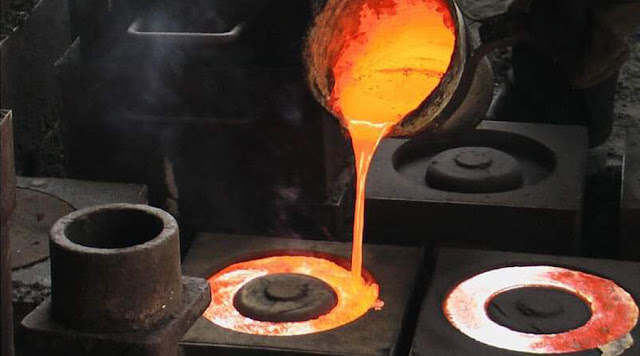Induction Furnace Price Factors
Induction furnaces are a popular choice in various industries due to their efficiency, reliability, and flexibility. Whether you are melting metal, heat treating, or cooking, induction stoves offer many advantages. However, when considering purchasing an induction furnace, it is crucial to understand the price factors that may influence your decision.
Induction Furnace Price Factors
1. Capacity: One of the most critical factors that determines the price of an induction furnace is its capacity.
Capacity refers to the amount of material a furnace can process in a given time. Generally speaking, higher capacity furnaces tend to be more expensive due to their larger size and higher power requirements.
2. Power: The rated power of an induction melting furnace is another important factor that affects its price.
The power rating determines the speed and efficiency of the melting process. Higher power ratings can melt metal faster, but they also require more power, resulting in a higher purchase price and operating costs.
3. Frequency: The frequency of the IF refers to the rate of magnetic field fluctuations.
Frequency directly affects the heating speed and efficiency of the furnace. Low frequency furnaces are generally more expensive than high frequency furnaces because they are able to handle larger loads and provide better heat penetration.
Currently, in the metal and steel smelting industries, medium frequency induction furnaces are the most widely used.
4. Control System: The type of control system used in an induction furnace will also affect its price.
Advanced control systems with features such as temperature control, programmable settings and data logging capabilities tend to be more expensive. However, they offer greater precision and flexibility, making them ideal for industries with specific requirements.
5. Brand & Quality: The brand and quality of an induction stove play an important role in determining its price.
Well-known brands known for producing high-quality and reliable equipment tend to charge premium prices. However, due to market influence, there are currently many manufacturers like Xi'an Hani, which are committed to providing high-quality but preferential price stoves to every user. Choosing a good brand ensures better performance, durability and after-sales service, making it a worthwhile investment in the long run.
6. Additional Features: Some induction stoves have additional features that may affect their price. These features may include safety mechanisms, cooling systems, automatic shutdown capabilities, and even remote monitoring capabilities. While these features add to the upfront cost, they can improve the overall productivity and safety of your furnace. You can choose according to the specific smelting requirements and induction furnace configuration.
7. Market Conditions: Finally, market conditions will also affect the price of induction furnaces.
Factors such as supply and demand, raw material costs and economic conditions all influence the overall pricing of equipment. It is crucial to conduct thorough market research and pay close attention to market trends in order to make informed decisions and possibly find better deals.
In summary, there are several factors that influence of an induction furnace price: capacity, power rating, frequency, control system, brand, additional features and market conditions all play a vital role in determining the final cost.
Before making a purchasing decision, it is crucial to thoroughly evaluate your requirements, budget, and long-term goals. Consider consulting with an industry expert or a reputable supplier to better understand the various options available and choose the furnace that best suits your needs.
If you have any questions or needs, please feel free to contact us!
E-mail: saleswn@hanrm.com / inquiry66@hanmetallurgy.com (Daisy Zhai)
Tel / Whatsapp / Wechat: 0086 17791213533
Xi'an Hani Tech Co., Ltd.



Comments
Post a Comment